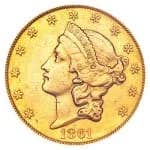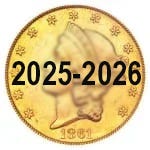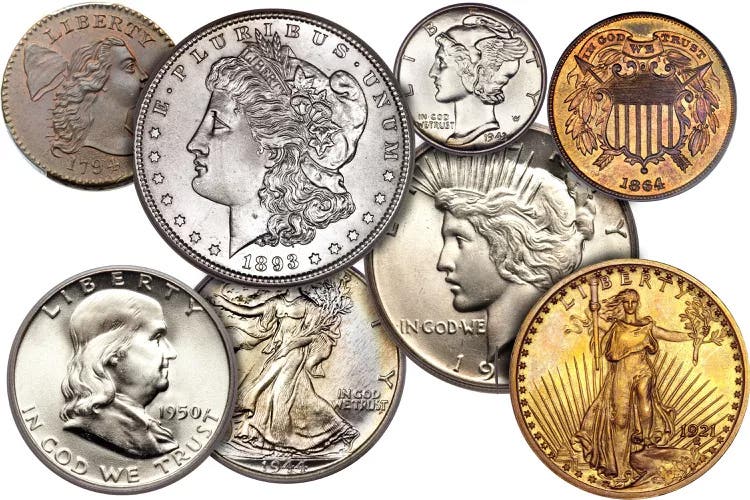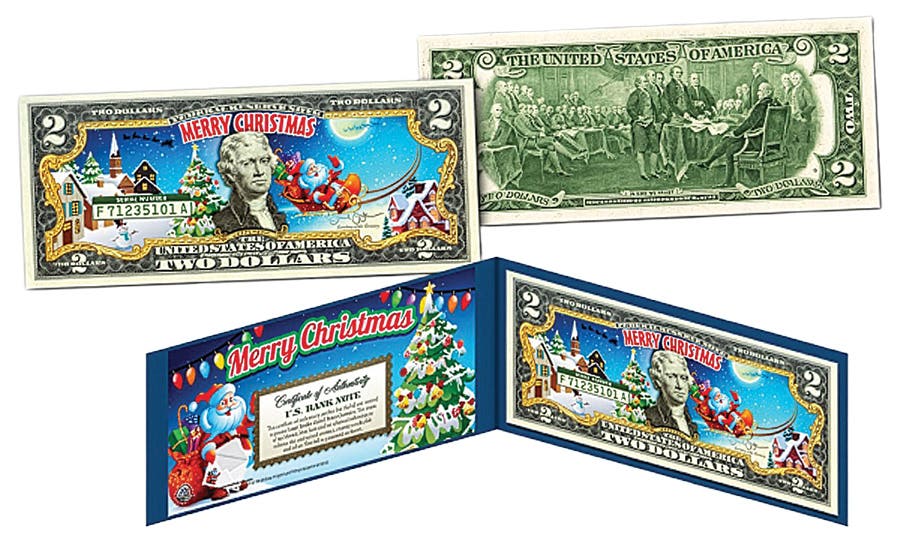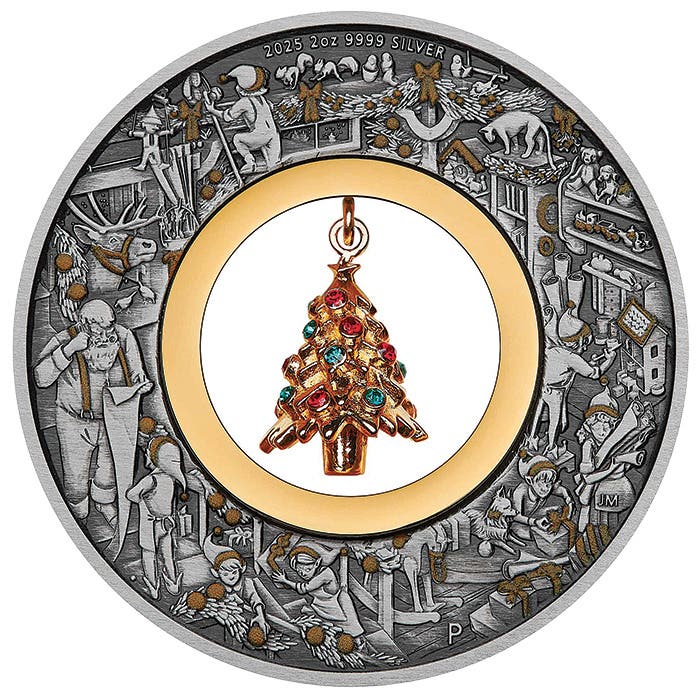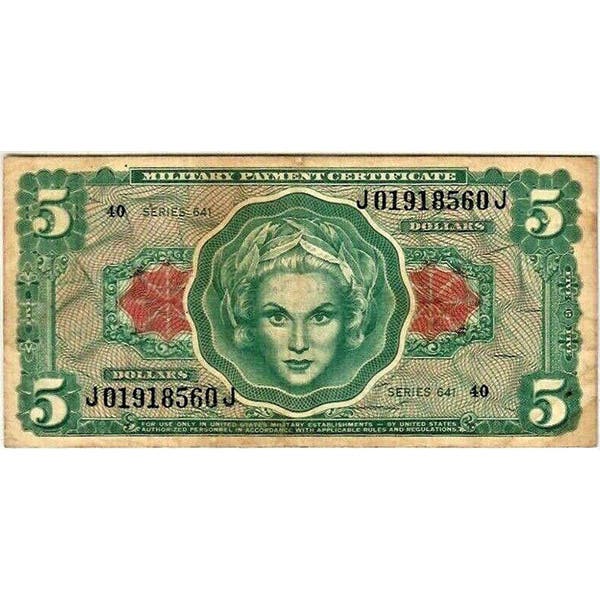CoinClinic: Full Torch, Full Head, Full Steps: Coin Designations Explained
From Full Torch Roosevelt dimes to Full Steps Jefferson nickels, here’s what collectors need to know about U.S. coin designations and how they affect value.
Can you name some coins on which the reeded edge number count varies?
There are a number of U.S. coins with varied edge counts that make them collectible. Among these is the 1876-CC Seated Liberty quarter. This quarter has a reeded edge count of either 113 or 153 reeds, the latter being more common. The 1921 Morgan silver dollar has a reed count of either 189 or 157 reeds. Some Roosevelt dimes have either a fine or a coarse reeding, although the count is the same.
How can I tell if my Roosevelt dimes qualify as being Full Torch?
To qualify as a Full Torch Roosevelt dime, the top and bottom bands on the torch on the reverse must be fully separated. Furthermore, the vertical lines of the torch must be defined. A coin does not have to be Mint State to display a Full Torch.
What constitutes a Full Head on a Standing Liberty quarter?
There are two varieties of the Standing Liberty quarter: those of 1916 to 1917, followed by a more fully dressed figure of Liberty introduced later in 1917 through 1930. The first variety, commonly called Type One, must display a clear and distinct separation in the hair cords and cap on Liberty’s head. Variety Two examples, commonly called Type Two, must show three complete and distinct leaves on the helmet, a complete outline on the bottom of the helmet, and a well-defined ear hole on Liberty’s head. Any Standing Liberty quarter grading Extremely Fine or better can receive the Full Head designation.
What about the Full Steps designation on Jefferson nickels? What does it take to qualify as having full steps?
Jefferson nickels, on which Monticello appears on the reverse, may have five steps if dated between 1939 and 2003. There should be six steps on nickels dating since 2004. The standard is for the stairs to be well-defined and clearly visible. Should the coin have more than one step line that is interrupted or blended, that coin cannot receive the Full Steps designation. The steps are counted from the top of the porch proceeding downwards.
What standard is used to award a Franklin half dollar with the Full Bell designation?
A Franklin half dollar must first be graded Mint State 60 or better to be considered to be qualified for the Full Bell designation. The horizontal lines on the bell must be distinct and separated. The coin must be free of any major cuts or bag marks. The lower bell lines are often incomplete on these coins. San Francisco minted half dollars appear to be challenged the most to receive the Full Bell designation.
Is it really necessary to have your coins certified by a third-party service?
Third-party certification came into being due to rampant overgrading and counterfeiting. Unintentionally certified coins evolved into becoming a commodity rather than simply a collectible. Grading has become more exacting over the years and for that reason certification that ensures the grade is correct has also become a factor. Disputes regarding if a coin should be encapsulated or not continue. It is up to the person who owns a specific coin to decide if he wants it “slabbed” or not.
E-mail inquiries only. Do not send letters in the mail. Send to Giedroyc@Bright.net. Because of space limitations, we are unable to publish all questions.
You may also like:

